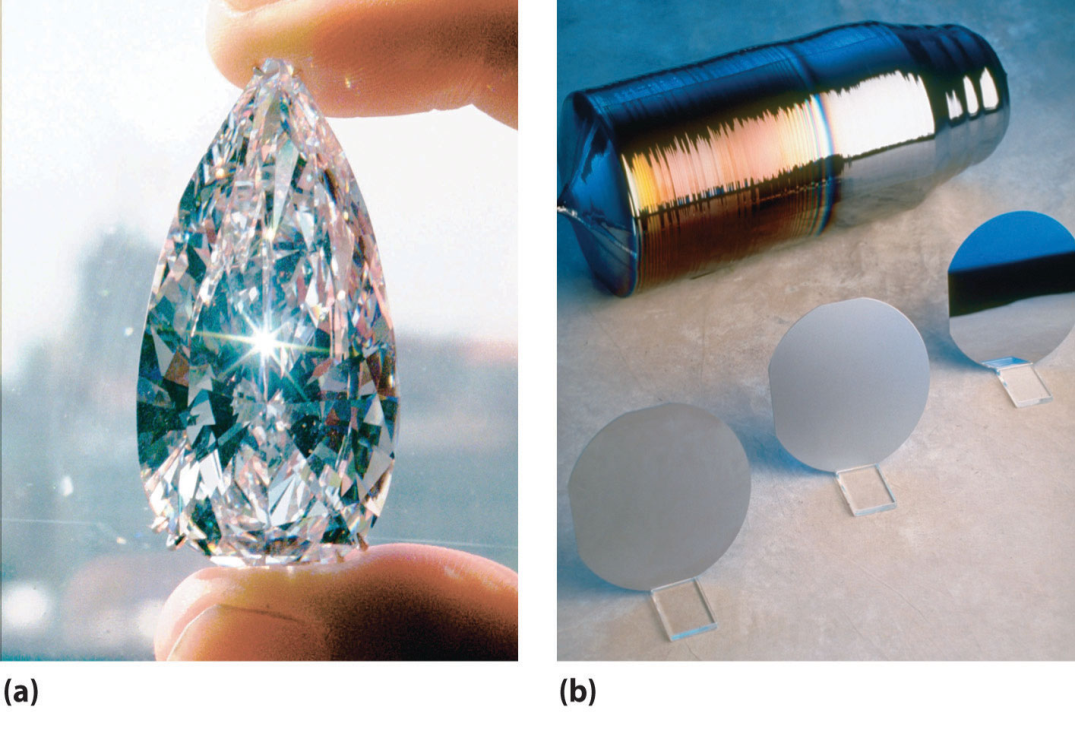The elements in group 14 are well known in our daily life but there is an exception for Germanium. Silicon is seventh and Carbon is a seventeenth most abundant element by weight in the earth crust. The minerals of Germanium are very rare. It occurs in minute amounts as traces in the ores of other metals and the coal but it is not well known.
Ge and Si are important for making transistors and semiconductors. The abundance of lead and tin is comparatively low, they are found in the concentrated ores and their extraction is easy. The existence of both of these metals is well known since before the biblical times.

Carbon is commonly found in the larger quantities in a combined form with other elements and mainly these compounds are coal, carbonates, crude oil, etc. It is also found in the native form and a significant amount of graphite are mined and small quantities of diamonds have also been mined. Carbon dioxide is found in the atmosphere and it has an important role in the carbon cycle with the respiration and photosynthesis. Carbon monoxide is used as fuel and forms various carbonyl complexes.
In nature, silicon occurs widely in a variety of silicate clays and minerals. 27.2% of the earth’s crust is made up of silicon and is always associated with nature. It is found as free in nature but also occurs as oxides and silicates. Quartz, sand, amethyst, rock crystal, opal, flint, agate, and Jasper are some common forms in which these oxides appear. Asbestos, feldspar, clay, and mica are few of the abundant silicate minerals.
Tin is generated by the long s-process in the stars having low to the medium mass and also produced by the beta decay of heavy isotopes of the indium. In the earth’s crust, it is the 49th most abundant element. It is not found in the form of native elements but can be extracted from various ores. Minerals with tin are associated with granite rock and the contents of tin oxide are usually 1% only. Often tin is recovered from the granules which have been washed downstream and deposited in seas or valleys.
The amount of lead in our system is increasing slowly as heavier atoms are gradually decaying to the lead. Generally, it is found in the combined form with the Sulphur. In nature, it is rarely found in its native state, metallic form. The minerals containing lead are relatively light and remained in the earth crust instead of sinking deeper over time. The main lead-containing mineral is Galena.
Germanium is found in the small amounts with some zinc and silver ores and some types of coal as well. It is made by the stellar nucleosynthesis mostly by the s-process in the asymptotic giant branched stars. In the earth crust, its abundance is only 1.6 ppm. The deposits of coal near the Inner Mongolia and Xilinhaote contains an estimated amount of about 1600 tons of Germanium.